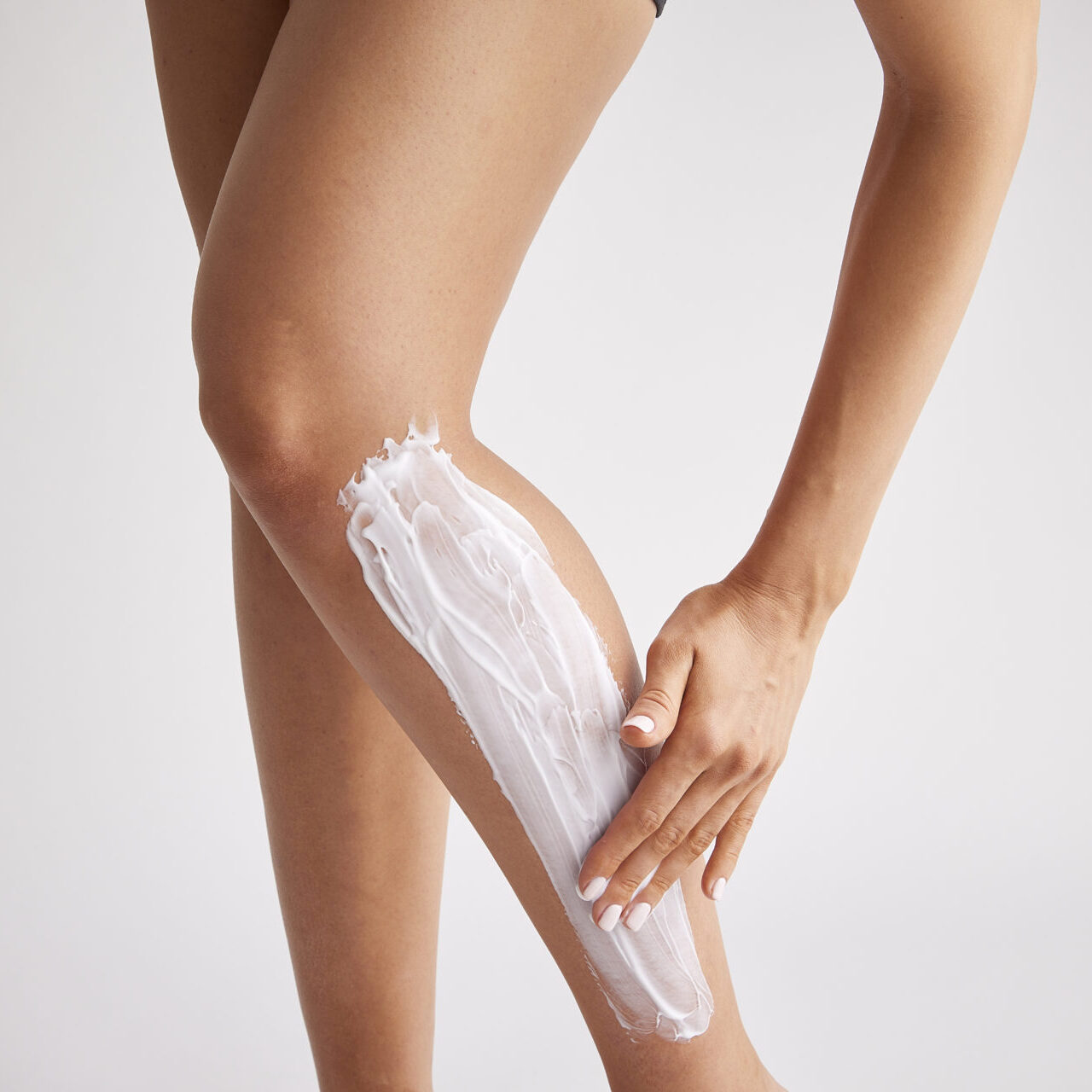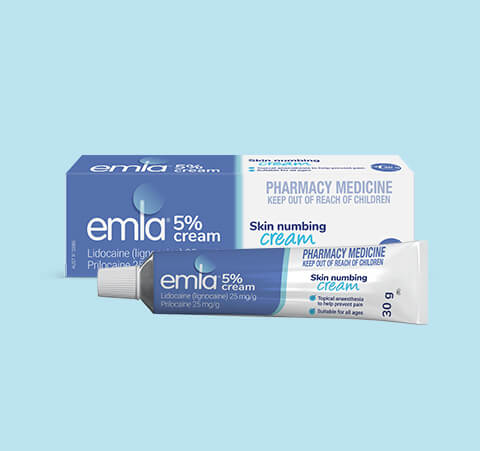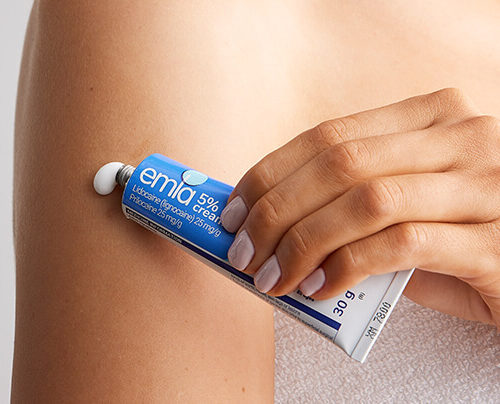Most people don’t like to feel pain, but with the growing popularity of tattoos and other painful minor superficial cosmetic procedures, as well as vaccinations, more of us are having to deal with painful situations!
And this is where skin numbing creams come into their own.
Numbing creams are applied to your skin to help reduce pain so your needle or laser procedure can be done as comfortably and efficiently as possible.
Understanding how numbing creams work, when best to use them and how to use them correctly, means you know that your experience will be as pain-free as possible.
What are numbing creams?
Numbing creams – such as Emla – are topical local anaesthetics.
What does this mean?
- Anaesthetics are used to temporarily stop your nerves from working properly and are used to help prevent pain and discomfort during a range of different procedures and treatments.
- Local anaesthetics are often used during minor procedures when you only need to block pain in a small part of your body for a short time. Unlike with general anaesthetics, you are still awake and aware of what is happening, with only the affected part of your body feeling numb.
- Topical local anaesthetics are local anaesthetics that are applied to the surface of your body (the skin) and can come in the form of creams, patches, ointments and liquids.
Learn more about how to apply Emla skin numbing cream

What are lidocaine and prilocaine?
Lidocaine and prilocaine are the active ingredients in Emla skin numbing cream. Based on their chemical structures, they are both classed as amide local anaesthetics and their job is to help keep you from feeling pain.
Lidocaine
| Lidocaine (also known as lignocaine) is one of the most commonly used local anaesthetics around. It works (like most local anaesthetics do), by preventing nerve cells from functioning properly. When used topically, lidocaine interrupts pain signals in your skin and stops them from travelling to your brain. |
Prilocaine
Prilocaine is also a local anaesthetic. It has a similar chemical structure to lidocaine and works in the same way as lidocaine by blocking pain signals to your brain. |
How do lidocaine and prilocaine work together in numbing creams?
Although lidocaine has a similar chemical structure to prilocaine and they are both local anaesthetics, they vary slightly in how fast and how long they numb your skin:
- Lidocaine acts faster than prilocaine and can penetrate further into the skin
- Prilocaine takes longer to numb your skin than lidocaine, but its effects last slightly longer
This means, when lidocaine and prilocaine are combined in Emla skin numbing cream, they work together to give you an enhanced anaesthetic effect with your skin being numbed quickly and for longer.
Local anaesthetics like lidocaine and prilocaine work best on the smaller, more sensitive, rapid-firing nerve fibres in your skin that produce pain sensations. This means you can still feel pressure and move the affected part of the body, but the pain is minimised.

Lidocaine and prilocaine in Emla
With lidocaine and prilocaine working together, Emla numbing cream can be used when you need a little help to take the ‘Ouch!’ out of needle and laser procedures, including:

If you are not sure if Emla skin numbing cream is suitable for the procedure you’re having, talk to your clinician, doctor or pharmacist first and they can advise you.
Have a question about Emla? Our Frequently Ask Questions may help.

![9[1] how to apply emla cream](https://www.emla.com.au/wp-content/uploads/2024/05/91.jpg)